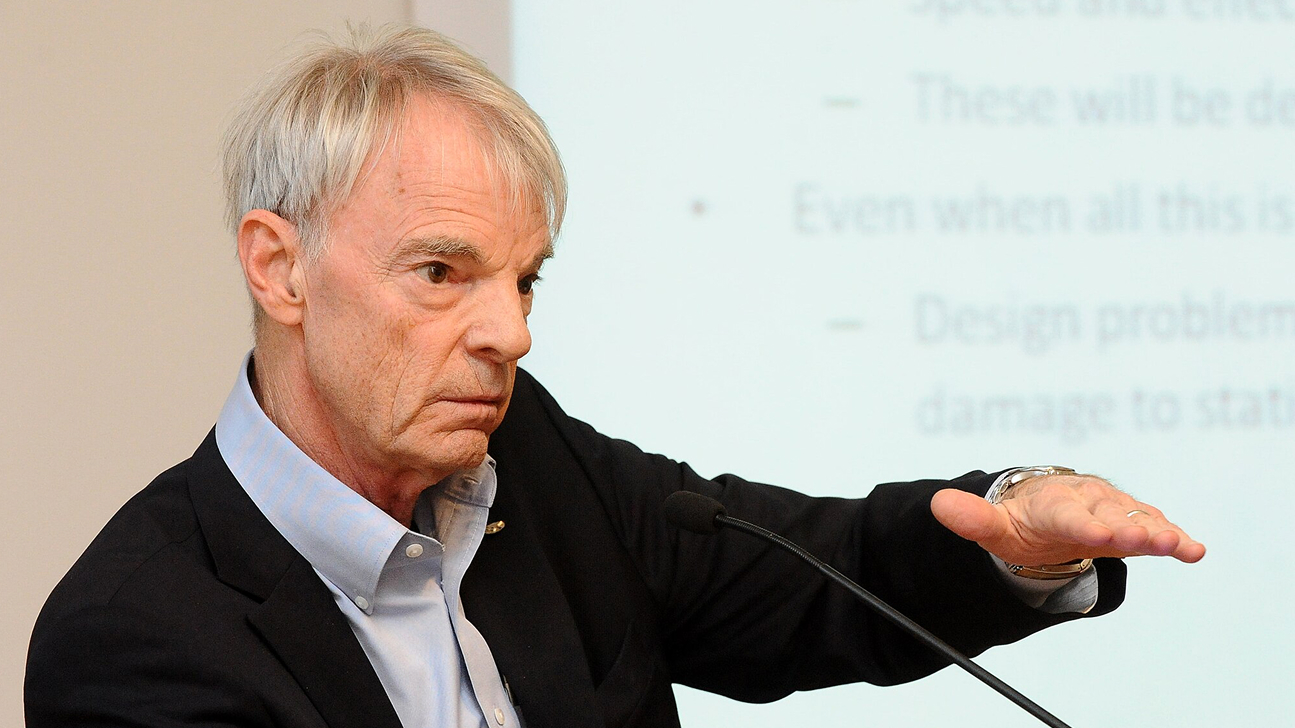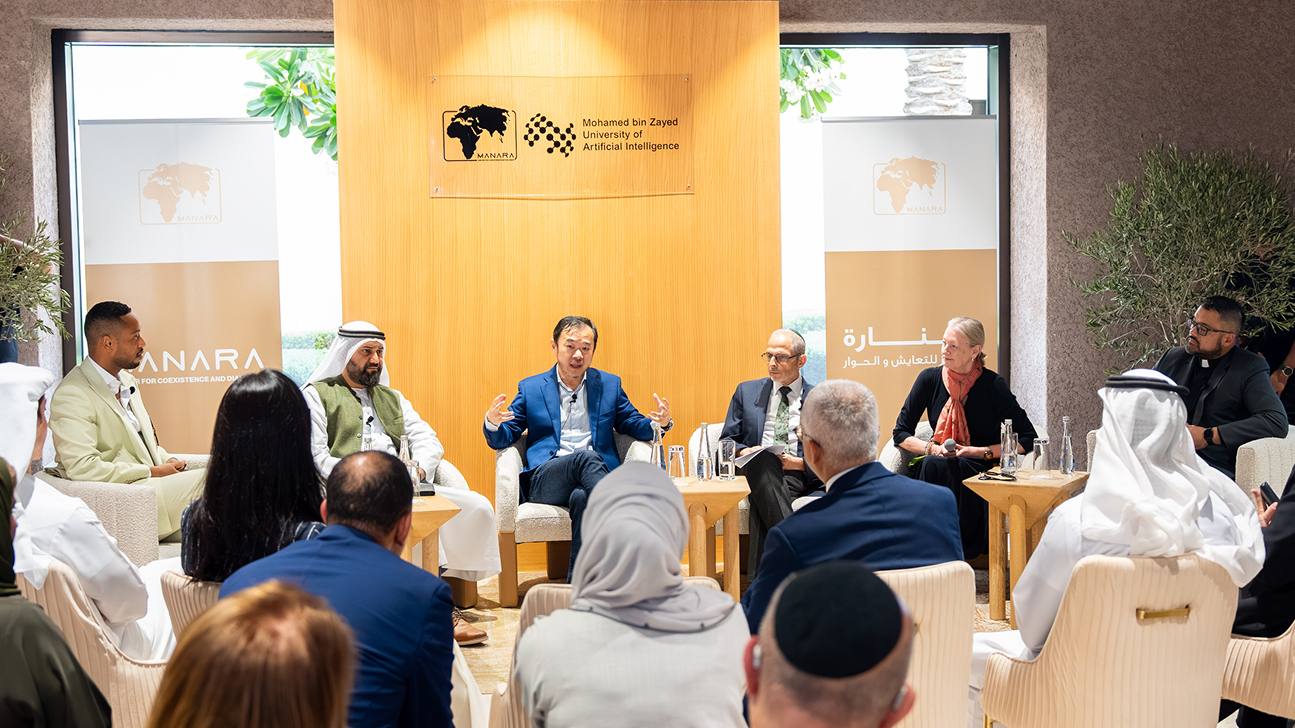Multi-Omics Data Fusion for Enabling Precision Medicine
Thursday, April 18, 2024
Large quantities of heterogeneous, interconnected, systems-level, molecular (multi-omic) data are increasingly becoming available. They provide complementary information about cells, tissues and diseases. We need to utilize them to better stratify patients into risk groups, discover new biomarkers and targets, re-purpose known and discover new drugs to personalize medical treatment. This is nontrivial, because of computational intractability of many underlying problems on large interconnected data (networks, or graphs), necessitating the development of new algorithms for finding approximate solutions (heuristics).
We develop a versatile data fusion artificial intelligence (AI) framework, that also utilizes the state-of-the-art network science methods, to address key challenges in precision medicine from the multi-omics data: better stratification of patients, prediction of biomarkers and targets, and re-purposing of approved drugs to particular patient groups, applied to different types of cancer, Covid-19, Parkinson’s and other diseases. Our new methods stem from graph-regularized non-negative matrix tri-factorization (NMTF), a machine learning technique for dimensionality reduction, inference and co-clustering of heterogeneous datasets, coupled with novel network science algorithms. We utilize our new frameworks to develop methodologies for improving the understanding the molecular organization and diseases from the omics data embedding spaces.
Speaker/s
Academician Professor Doctor Natasa Przulj holds a prestigious Catalan Institution for Research and Advanced Studies (ICREA) Research Professorship at Barcelona Supercomputing Center and is also a Full Professor of Computer Science at University College London. She was elected into several academies: Fellow of the International Society for Computational Biology (ISCB), in 2024; The European Laboratory for Learning and Intelligent Systems – ELLIS, in 2022; The Serbian Royal Academy of Scientists and Artists (SKANU), in 2019; Academia Europaea, The Academy of Europe, in 2017; Fellow of the British Computer Society (BCS) Academy of Computing, in 2013; and Scientific Advisor of the Mathematics Institute of the Serbian Academy of Sciences and Arts (SANU), in 2012. In 2014, she received the BCS Roger Needham Award, sponsored by Microsoft Research, in recognition of the potential her research has to revolutionize health and pharmaceutics. She obtained a PhD in Computer Science from the University of Toronto in 2005. Prof. Przulj is a leader in Artificial Intelligence (AI) and data science algorithms for biomedical and multi-omic data analysis and fusion applied to precision medicine. She published 86 peer-reviewed journal and 18 peer-reviewed conference papers in the most prestigious venues, including four in Science, also 13 peer-reviewed book chapters and 2 books. Her research has been cited over 13,150 times, h-index=50, i10-index=76 (Google Scholar), and supported by over €25 million in competitive research funding. Notably, she received three prestigious, single PI, European Research Council (ERC) grants: ERC Consolidator (2018-2025), ERC Proof of Concept (2020-2023) and ERC Starting (2012-2017). Prof. Przulj initiated utilization of non-negative matrix tri-factorization (NMTF) based AI methodologies for fusion of heterogeneous, systems-level, molecular (multi-omics) networked data (the subject of her ongoing ERC Consolidator Grant) to aid to the development of personalized, or precision medicine. In addition, she initiated extraction of biomedical knowledge from the wiring patterns (topology) of omics network data to complement the genetic sequences as a source of new biomedical information (subject of her ERC Starting Grant). She is best known for introducing graphlets in 2004, a methodology now widely utilized to produce feature vectors capturing network topology, that are used as input into many AI algorithms for network data analytics in various domains; graphlets are subject of around 21,000 research papers and 200 patents according to Google Scholar.
Related
Nobel Laureate Michael Spence on how AI is redefining the global economy
Nobel Prize-winning economist Michael Spence explains how AI is reshaping the economic landscape and what is needed.....
- digital policy ,
- governance ,
- Nobel Prize ,
- guest talk ,
- guest lecture ,
- economics ,
- Economy ,
- Undergraduate ,
Understanding faith in the age of AI
MBZUAI hosted a panel discussion in collaboration with the Manara Center for Coexistence and Dialogue focused on.....
- connection ,
- discussion ,
- religion ,
- spirituality ,
- faith ,
- conversation ,
- panel ,
- Human–computer interaction ,

